On our Journey towards intentional conscious living , we carry some stories from the trails of crafts, from various corners of our culturally rich country.
Basketry, an ancient craft, has been practiced in India for centuries, embracing the richness of the land’s biodiversity, especially its indigenous grasses. One of India’s greatest strengths lies in the diversity of its craft traditions, and basketry is a testament to this heritage. The intricate weaving patterns, distinct styles, unique shapes, and the dedicated artisans behind this craft make it an integral part of Indian culture.
India’s indigenous grasses form the backbone of this craft. From the sturdy Kauna grass in Manipur to the flexible Sikki grass in Bihar, the moonj in Uttar Pradesh, and the golden grass in Orissa, each type imparts unique characteristics to the finished baskets. The hardy Kauna grass, which grows in the wetlands of Manipur, is noted for its water-resistant qualities. Its durability makes it perfect for creating items like mats and cushions. The fine-textured Sikki grass, dyed with natural colors, is used to create intricate motifs on the baskets, while the Moonj grass, known for its flexibility, is often used in the creation of larger items like baskets and furniture.
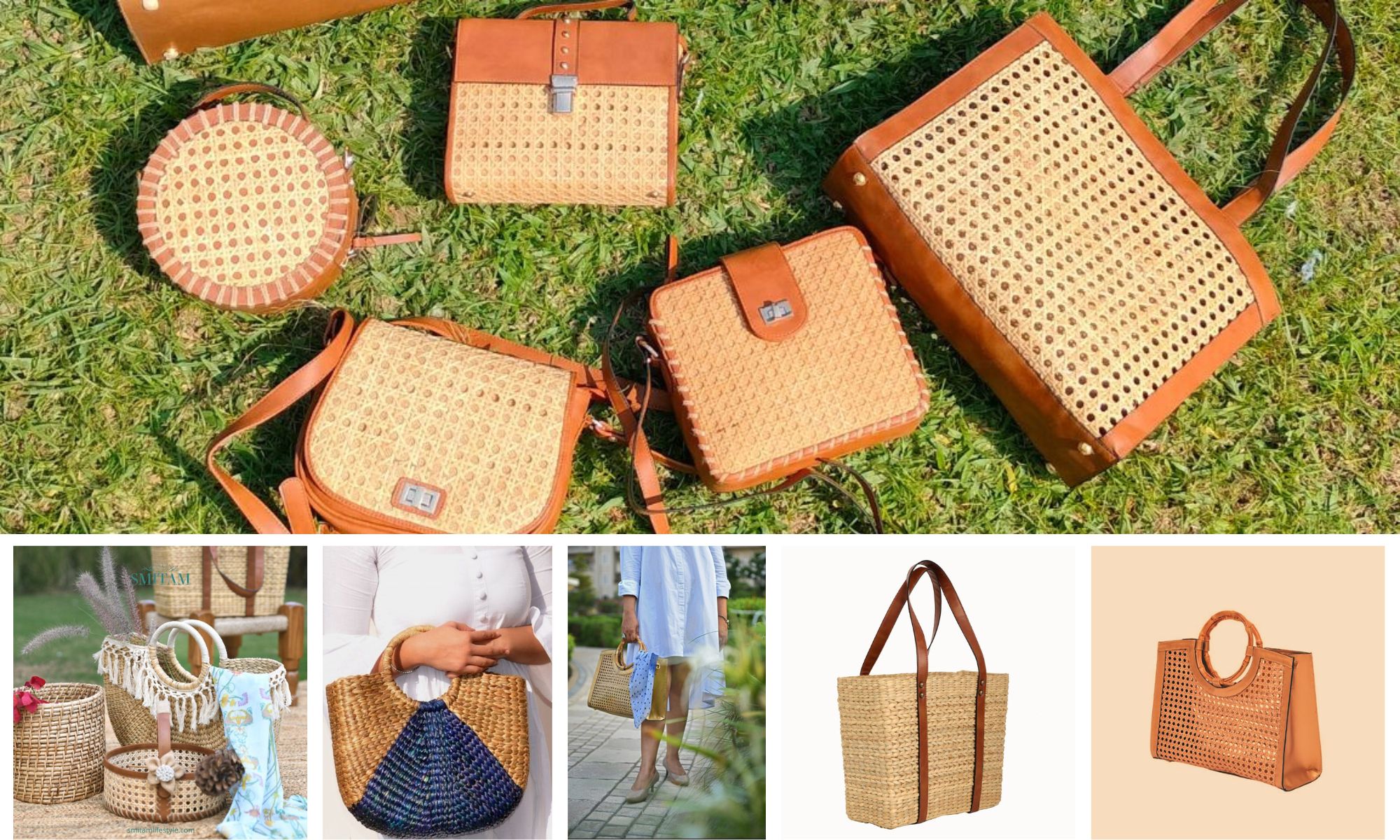
Basket weaving in India is characterized by an array of styles, each with its distinct regional touch. The coiling technique is common in Bihar, where artisans weave the Sikki grass into tight spirals, forming baskets and figurines. In contrast, Manipur's artisans prefer the twining method, weaving the Kauna grass in a way that enhances its water-resistant quality. Orissa's golden grass is made into beautiful baskets using the braiding technique, known for creating a sturdy, balanced structure. The craftsmen in Uttar Pradesh use a technique called plaiting, where strips of moonj grass are interwoven, creating a flat and symmetrical pattern.
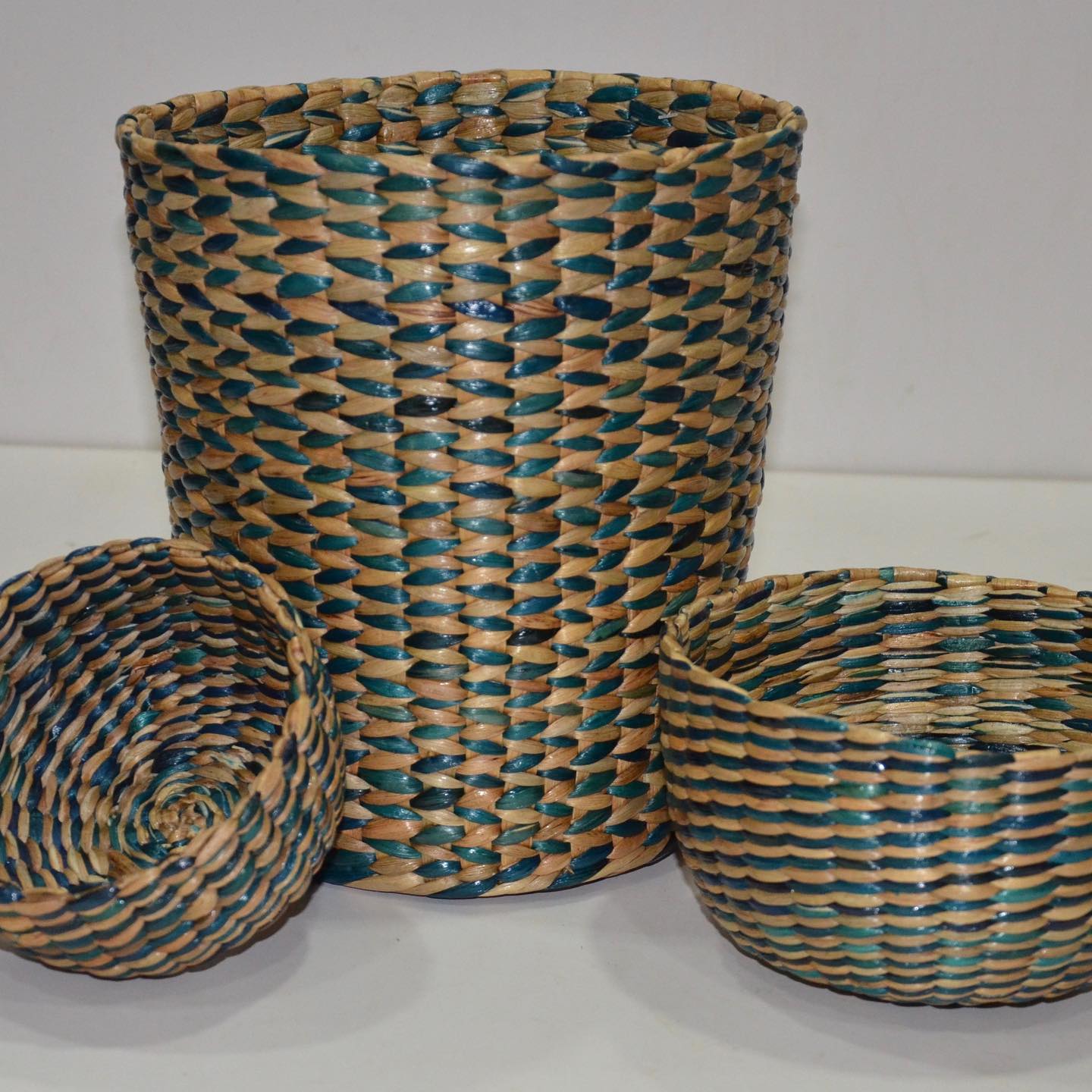


The various shapes of baskets are as diverse as the cultures they come from. Shapes range from the simple, functional round and oval baskets to more complex forms such as anthropomorphic figurines and animal shapes. These forms often carry cultural and religious significance, connecting the artisan and the user with their shared heritage.
The tribes and artisans behind these masterpieces are the unsung heroes who keep this traditional craft alive. From the Meitei community in Manipur, the women of the Madhubani district in Bihar, the Tharu tribe in Uttar Pradesh, to the rural artisans of Orissa, each craftsman adds their unique touch, honing their craft over generations. Their creativity and skills have enabled the evolution of this craft, yet the essence of their traditional methods remains unaltered.

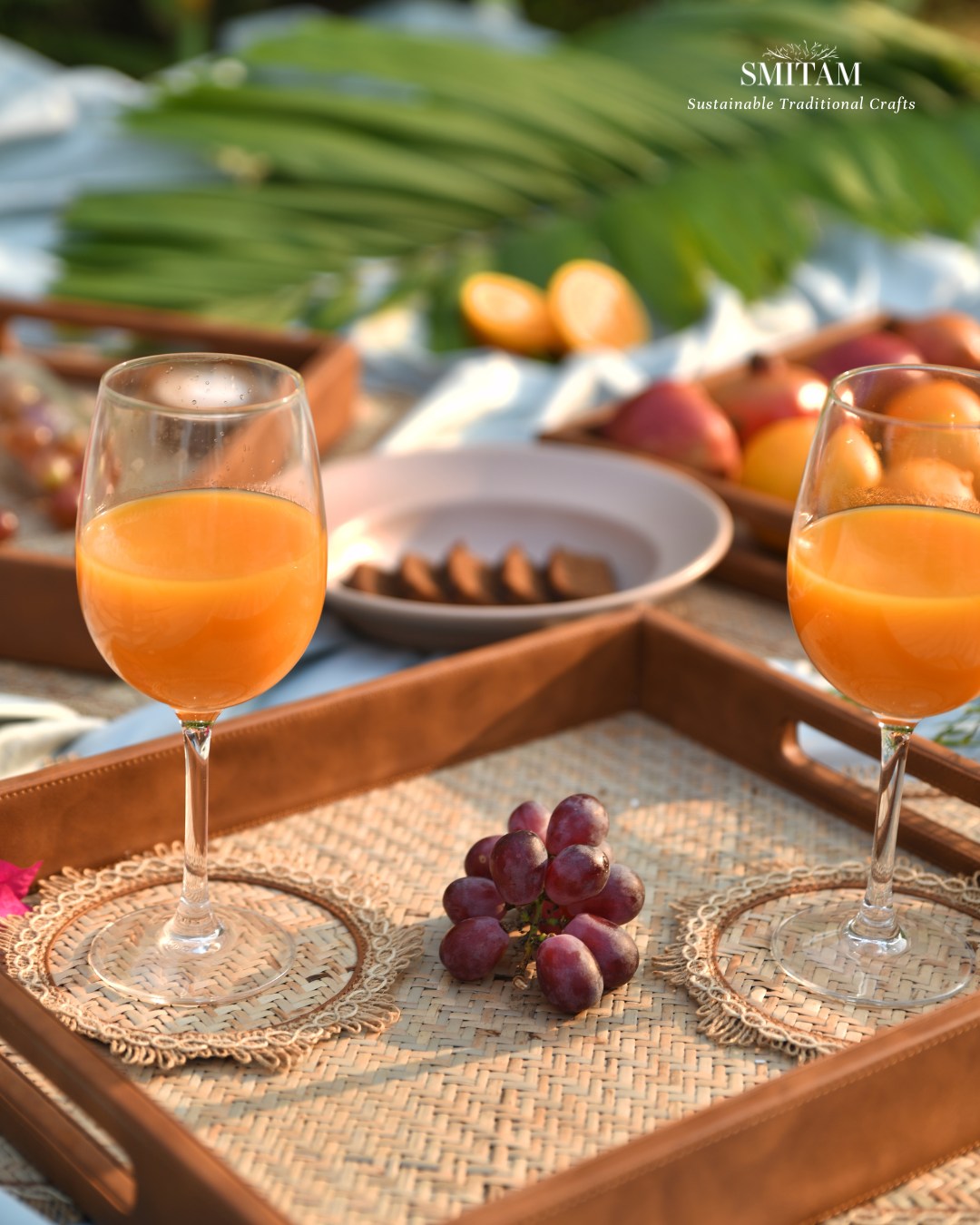
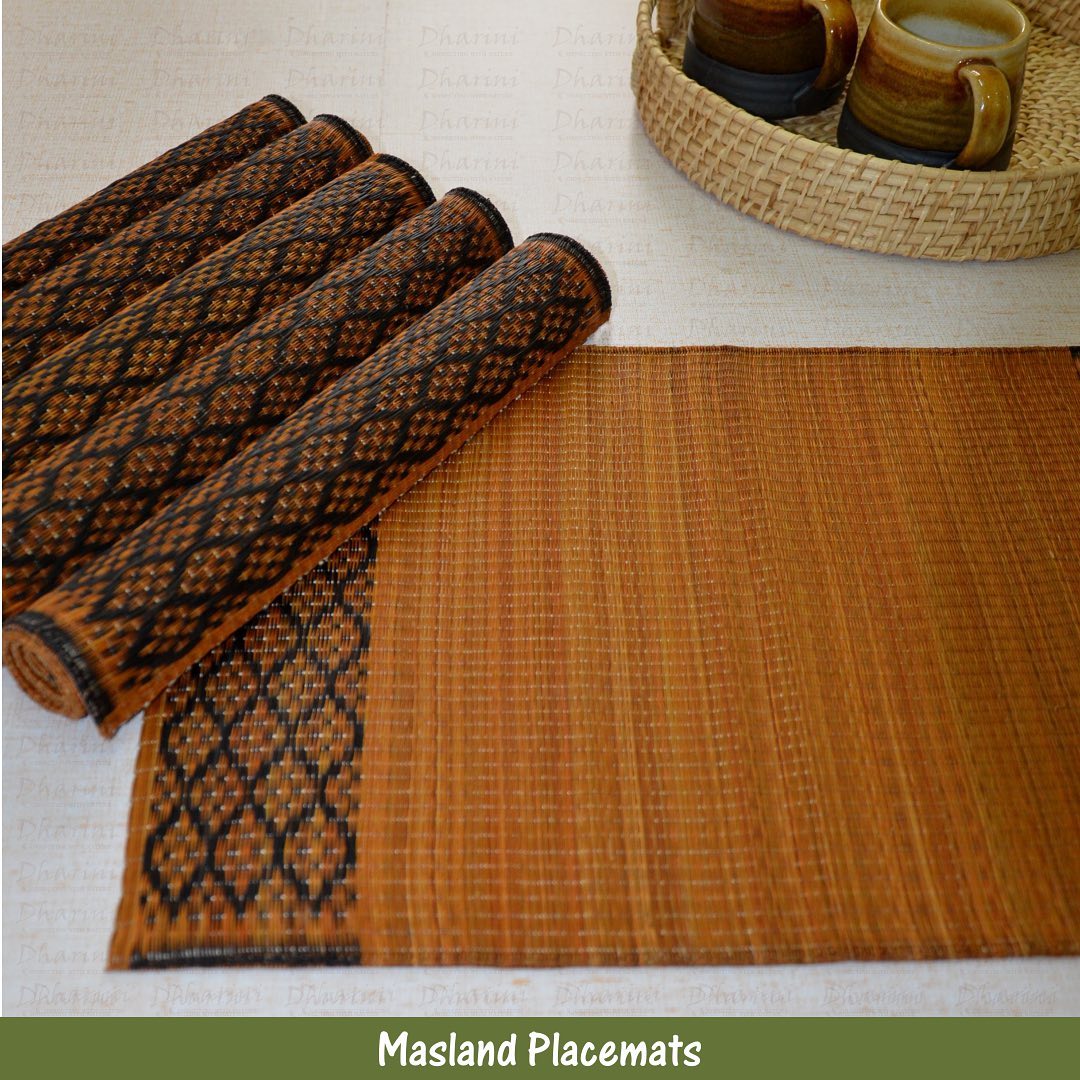
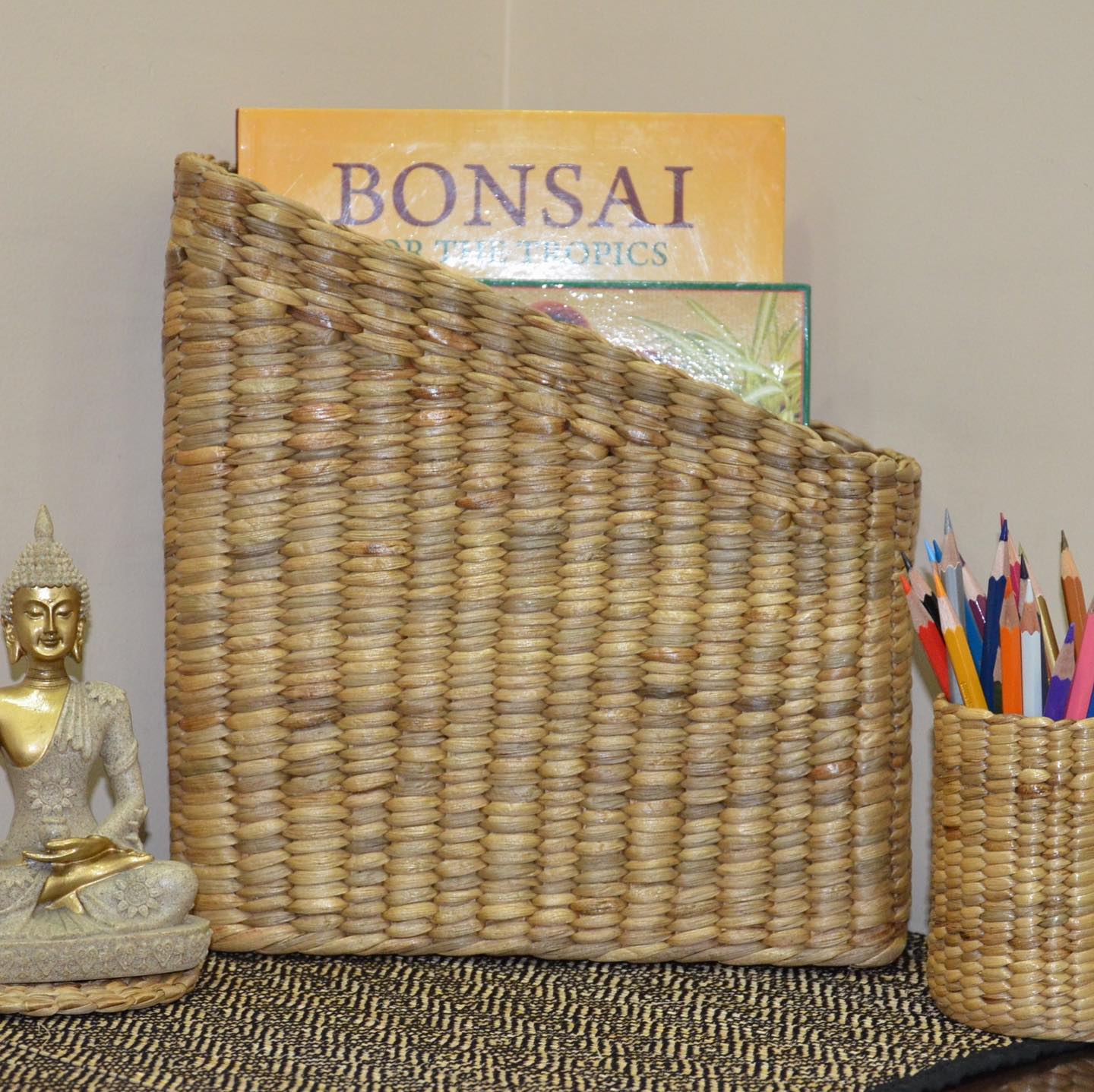
Maintenance of these natural grass baskets involves simple yet crucial steps. Direct sunlight and excessive moisture can damage the material, hence these should be avoided. Dusting and gentle cleaning with a soft, dry cloth are sufficient for regular upkeep. Periodic exposure to warm (not hot) air can help retain the basket’s flexibility and durability.
To conclude, the craft of basketry in India is not just about creating functional items but a form of storytelling, where the artisans narrate tales of their cultural identity and the rich biodiversity of their homeland through the language of weaving. This traditional art form underlines the importance of sustainable use of indigenous resources and carries the potential of empowering local communities, enhancing their livelihoods, and preserving their cultural heritage. It's a craft of patience, precision, and centuries of inherited wisdom that is interlaced with every strand of grass.

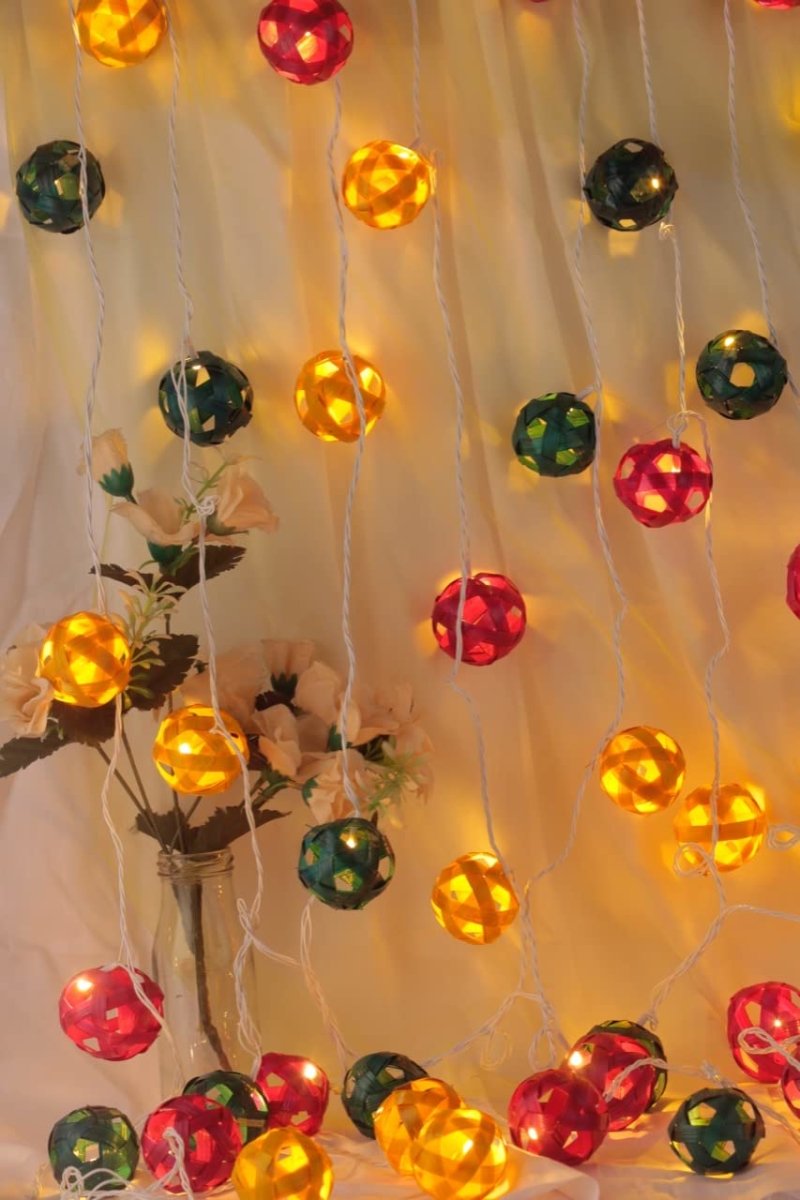
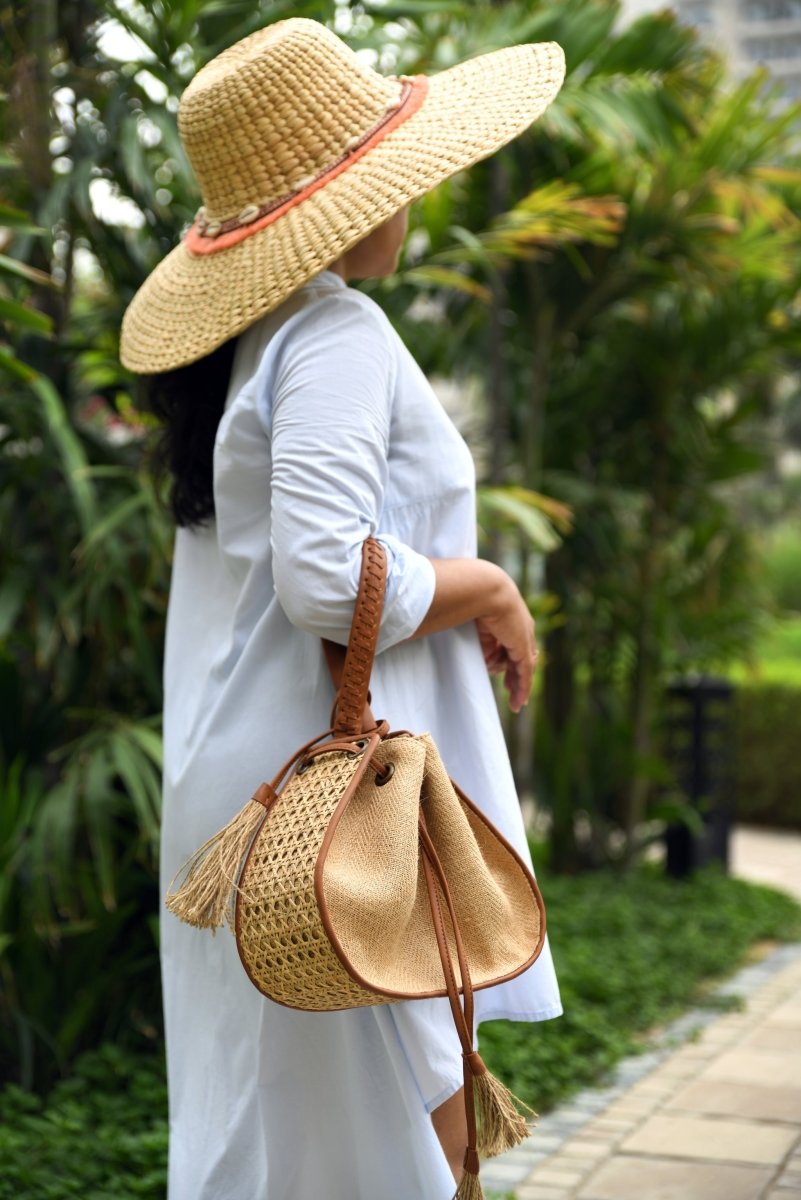
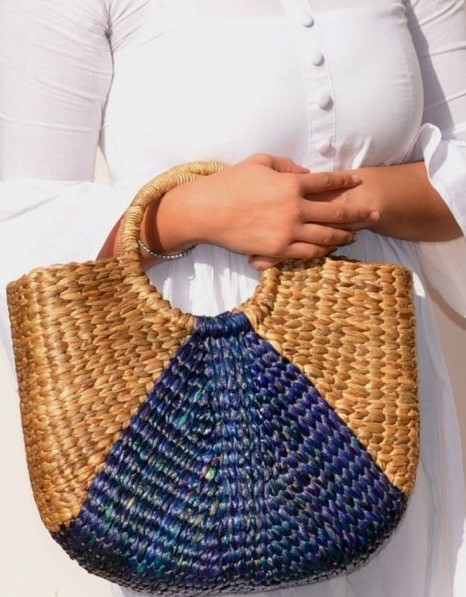
You can add your voice to our sustainable story , bring home a piece of heritage from our collection of Natural Grasses ( pls click - natural grasses )and make a small contribution towards the promotion of this craft.
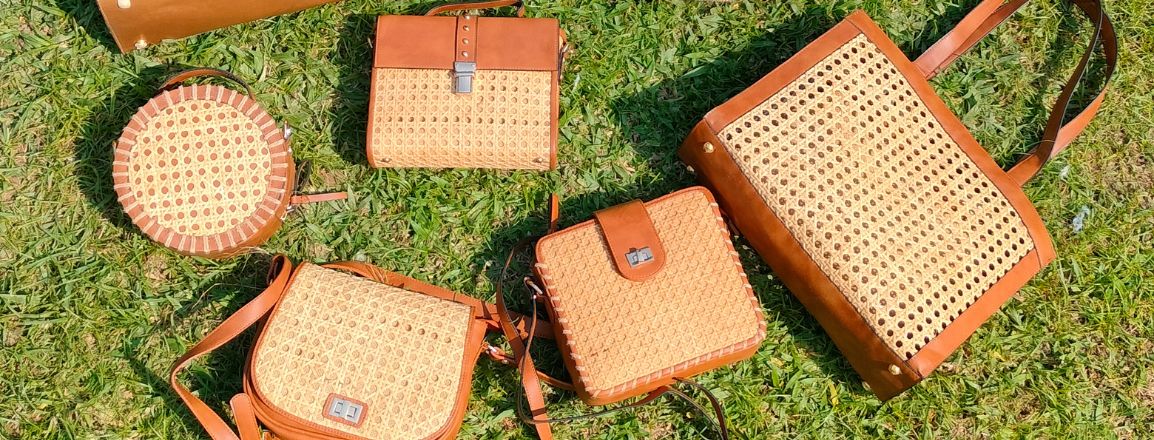


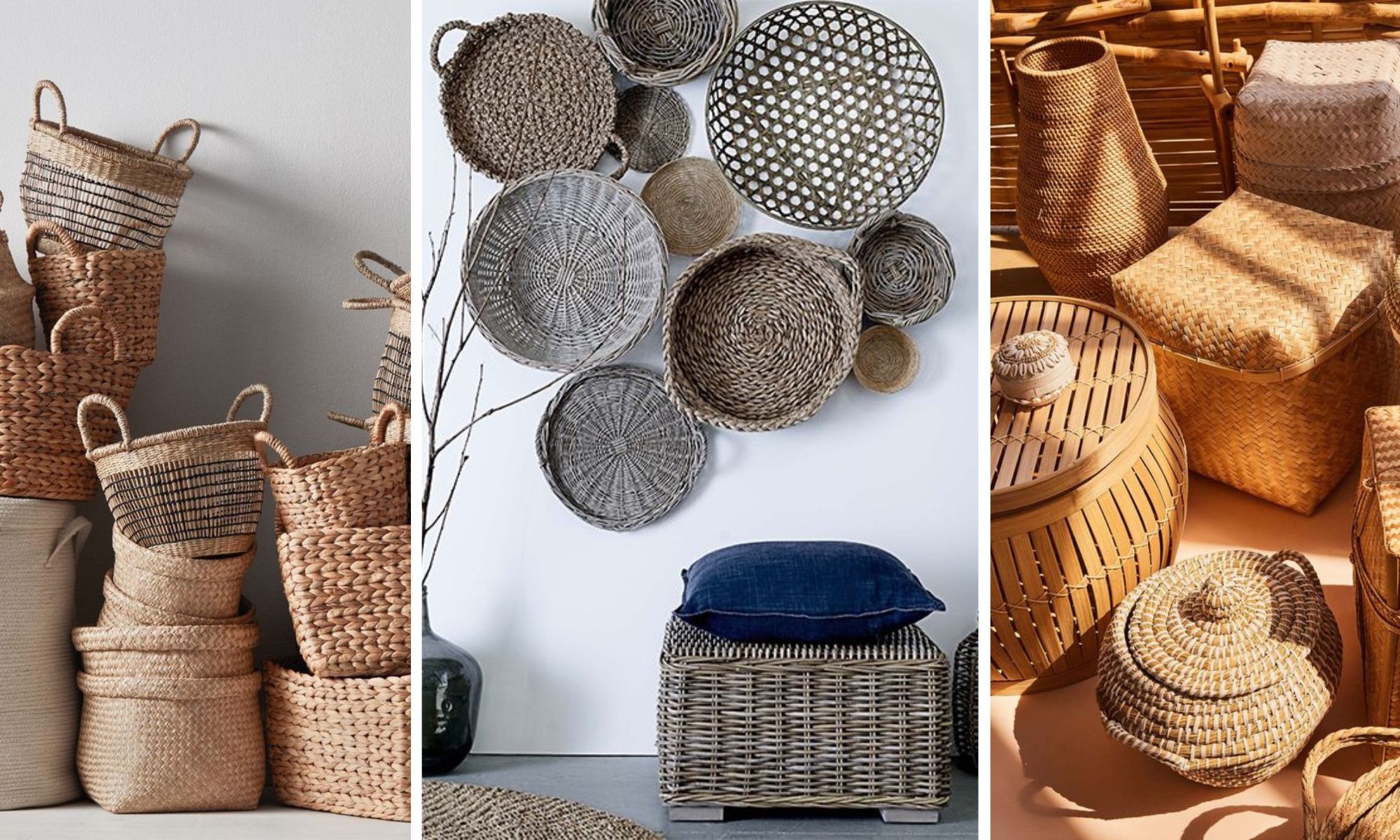
0 Comment